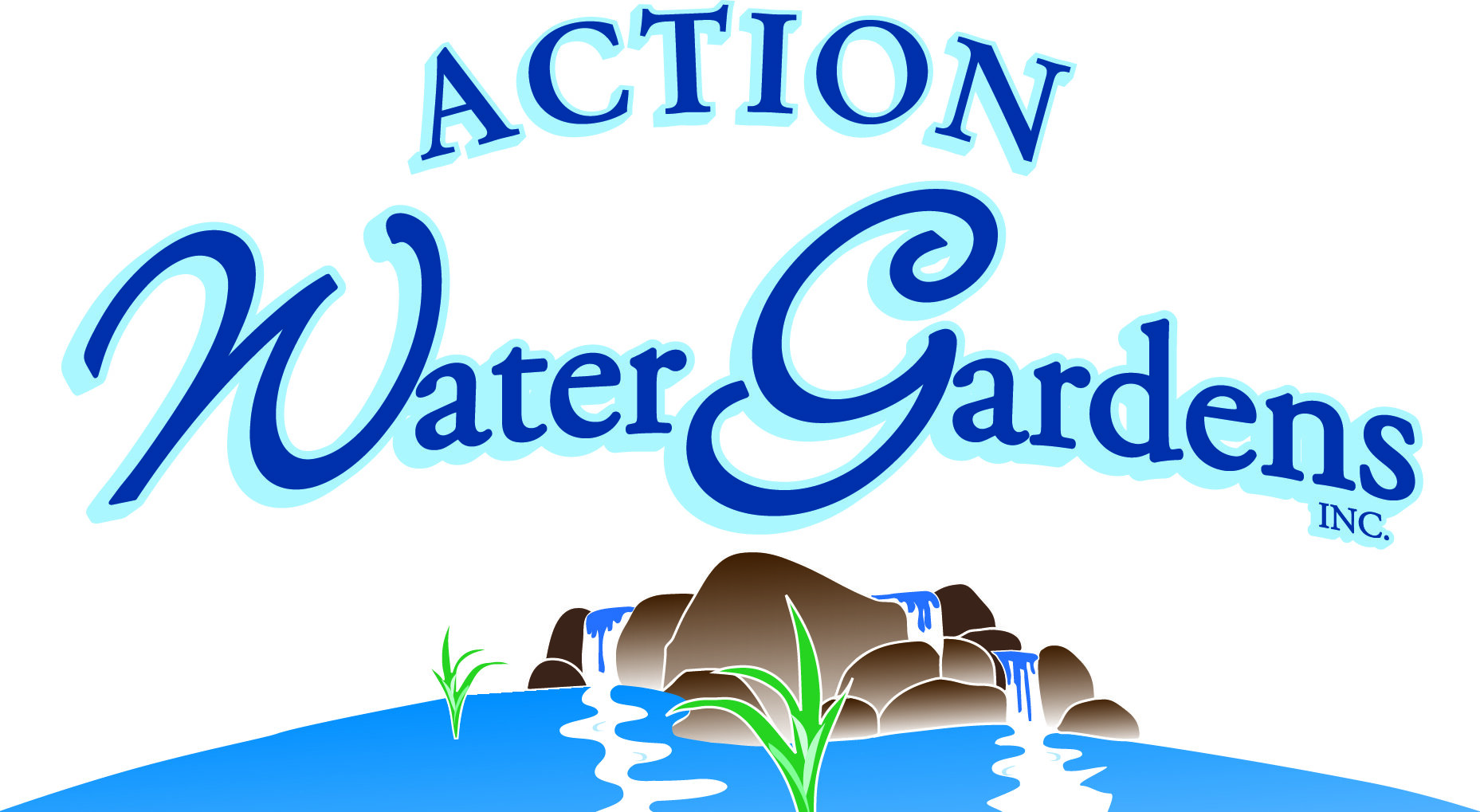Water Feature Closings
October sure has crept upon us and it’s already time to be talking more about pond closings. It’s a sad time of year for water garden enthusiasts but fall weather always exceeds our expectations and leaves us with some beautiful views other than our ponds and waterfalls.
Now I know we briefly touched up on some fall prep in September’s newsletter but now that we are expecting the weather to get a bit chillier, it’s time to start planning on what to do with fish, plants, and water.
Fish
Although it may be a bit too soon to get out your aerators and heaters, it’s still a good time to start thinking about the proper fish food to feed your fish once it gets cold. When the water drops to about 60 degrees and below, it’s a good idea to start gradually feeding your fish cold water fish food. Aquascape Cold Water Fish Food Pellets have been scientifically formulated to provide premium nutrition to all pond fish including goldfish and Koi at colder water temperatures. This type of fish food will get their metabolism ready for their winter slumber by including Wheat Germ and Spirulina which ultimately makes the food easier to digest at colder temperatures while reducing fish waste. Once the water temperatures drop to 50 degrees and below, you should stop feeding your fish altogether so they can get ready for hibernation.
Plants
While you probably have been noticing some yellow and brown foliage on your marginal’s and lilies, it is best to start to trim those now before they decay and leave you with some unnecessary cleaning come spring. It’s also a good idea to trim any other plants on the perimeter of your water garden and remove any sludge and unwanted debris floating around. This, again, will reduce maintenance in spring while also helping your fish steer clear of high ammonia levels that could end up being fatal to them. Another thing to really help you with the falling leaves is installing a net over your water feature. Once you notice the first few leaves starting to drop, get that net up. Adding a net will help catch all those leaves that will potentially sink to the bottom of your pond and make it harder for you to skim out. An excess amount of leaves trapped on the bottom of your pond could also let off methane in the winter which is very harmful to your fish or they can start to turn your water a brown, tea color. If leaves have already started turning your water an off color, no worries! Put in some Activated Pond Carbon and that will clear it right up for you. Need to purchase a net or would like help installing one? Your friends at Action would be happy to help in that department as well. You can find a Fall/Winter Prep form on the homepage of our website and if you look to the bottom right of this page in the “resource center” or you can give us a call and we will gladly e-mail you a copy to fill out so we can put you on our fall schedule.
Water
Just like you would normally do throughout the summer, adding Beneficial Bacteria to your water feature is best as a weekly treatment to keep everything in balance. Once the water has dropped to 50 degrees, you can switch from Aquascape’s Beneficial Bacteria to their Cold Water Beneficial Bacteria. Use this treatment twice a week for two weeks and then weekly until the water starts to freeze. Once spring comes around and the water temperature reaches 40 degrees, start the treatment two times a week for two weeks and then once a week until the water reaches 60 degrees, then you can start using regular Beneficial Bacteria. Aquascape Cold Water Beneficial Bacteria has 7 pure strains of concentrated bacteria to help keep a strong biological balance while keeping water clean and clear.
Simple steps like these will keep your water garden healthy year round so you won’t have to stress when it comes time for clean-outs. If you have any other questions about fall prep or aren’t comfortable doing it on your own, please call us at 860-875-2395 or email at pondclinic@actionwatergardens.com.
